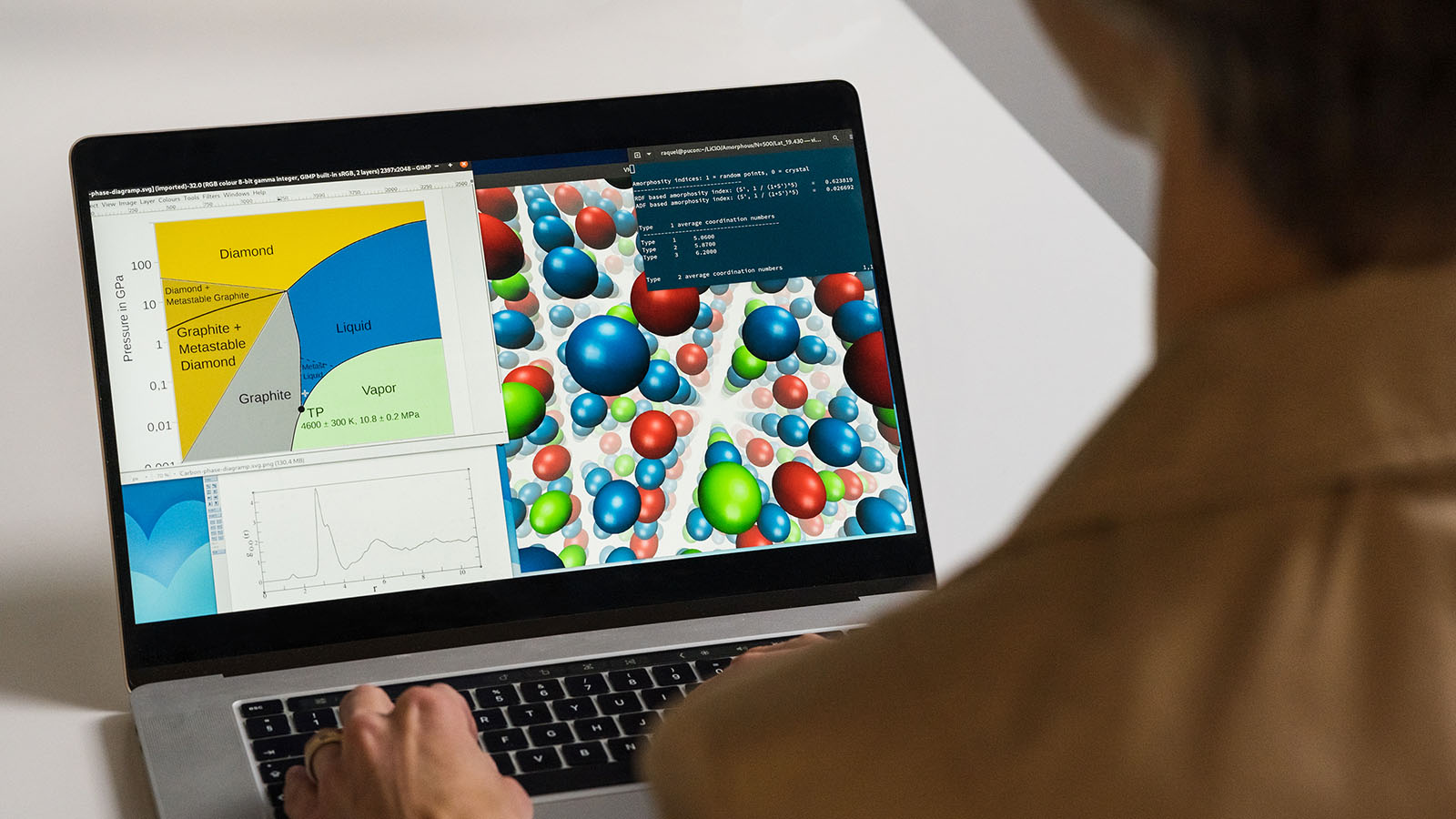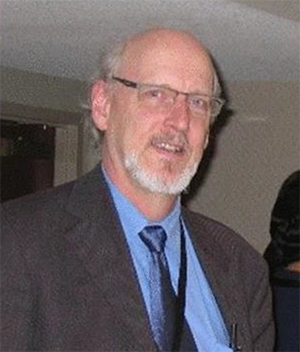Hillert Materials Modeling Colloquium series XII: Evolution of thermodynamic modeling in Sweden and KTH – its industrial impact

Thermo-Calc is very efficient tool in materials industry. The first company to use the code in Sweden was Sandvik, and internationally it was the Japanese company Nippon Steel. In this talk professor emeritus John Ågren will present the background and development of the Thermo-Calc code, and give practical examples of it's use.
Time: Tue 2023-04-25 15.00 - 16.00
Location: Zoom
Video link: https://kth-se.zoom.us/j/63437879504
Language: English
Participating: John Ågren
Phase diagrams and thermodynamics have been used to analyze metallurgical and materials phenomena for more than a century but not much of practical calculations were performed before computers became more widely available in the 1960’s. At that time Mats Hillert at KTH was probably first in Sweden and among the first worldwide to use computers for thermodynamic calculations. Together with Larry Kaufman in US and others he developed the CALPHAD method during the early 1970’s. At the same time one of Mats colleagues at KTH, Lars Gunnar Sillén professor in inorganic chemistry, made calculations on aqueous solutions. One of Sillén’s students was Gunnar Eriksson who became professor, and later developed the famous softwares SOLGAS and SOLGASMIX.
Later in the 70’s, when computers became more common and less expensive, the development became intensive. The Thermo-Calc code was developed by students in Mats’ group. Meanwhile other codes were developed worldwide but Thermo-Calc was the most general and flexible one. At that time the interest in ab-initio quantum mechanical calculations was initiated because some data was difficult to determine experimentally. A discussion with physicists was initiated.
It soon became evident that Thermo-Calc could be a very efficient tool in materials industry. The first company to use the code in Sweden was Sandvik and internationally the Japanese Nippon Steel. The talk will discuss this development and give some practical examples.
